
September 2021 | Volume 12, Issue 6
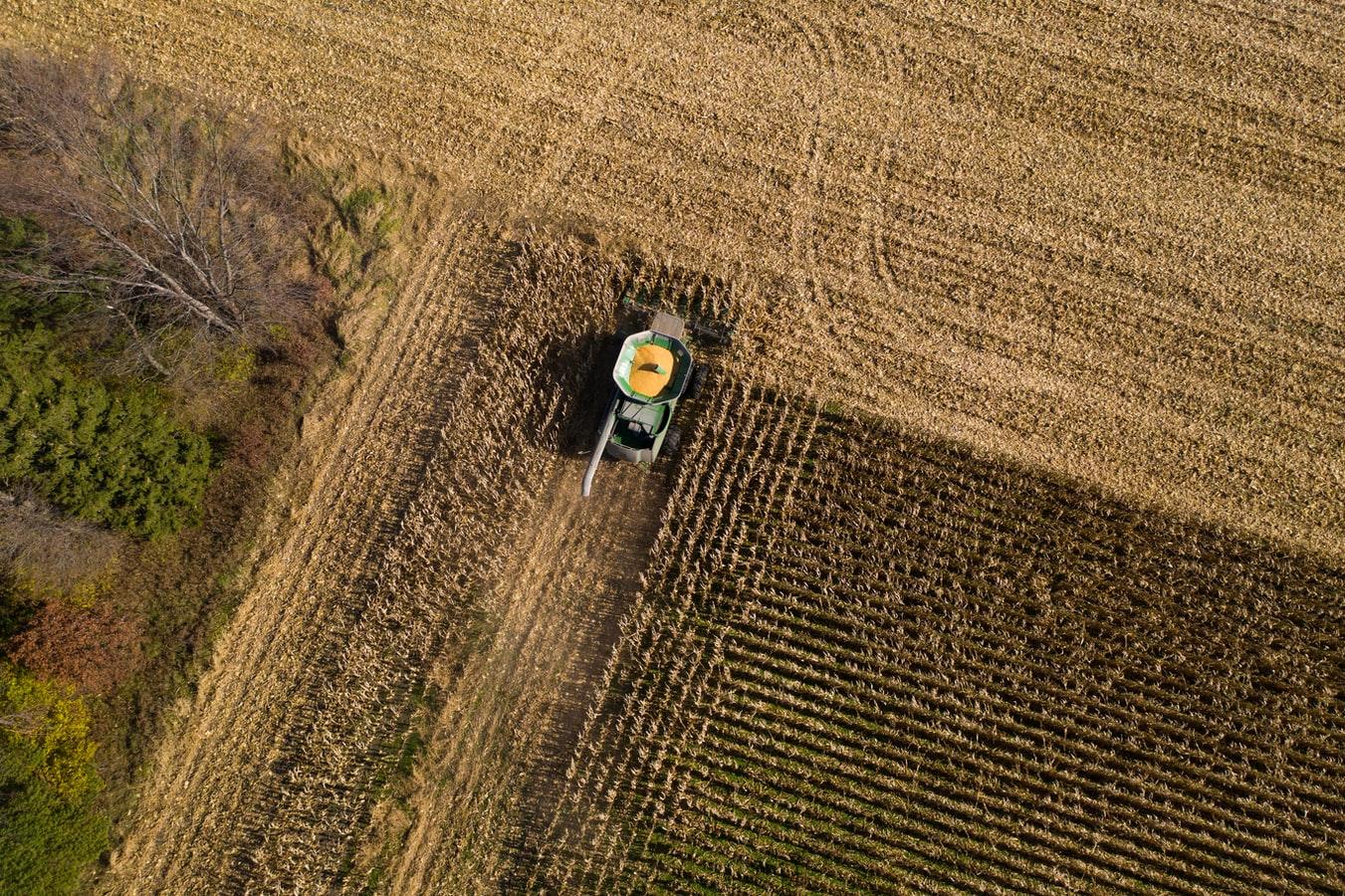
2021 Statewide Cash Rental Averages
Paul Goeringer, Agriculture Legal Specialist, University of Maryland, Agriculture Law Education Initiative
Reposted from the Risk Management Education Blog (abridged). This is not a substitute for legal advice.
USDA’s National Agricultural Statistic Service (NASS) updated data on cash rent paid by farmers in 2021. NASS collects this data annually from 240,000 farms across the United States through the Cash Rent Survey - data used by...Read more
Fall Armyworm Alert: Scout Sod and Pastures!
Kelly Hamby, Extension Entomology Specialist, University of Maryland, and David Owens, Extension Entomology Specialist, University of Delaware
A fall armyworm outbreak is occurring throughout Virginia, Kentucky, and Ohio. This week, we received a report of armyworm damage to sod from Maryland’s Eastern Shore as well as residential lawns in...Read more


Managing Fall Armyworm in Pastures and Hayfields
Amanda Grev, Pasture and Forage Specialist, University of Maryland Extension
Although fall armyworm (Spodoptera frugiperda) is a native pest to North America and a chronic pest in the southeastern US, reports of fall armyworm activity and outbreaks are unusually high this year. There are numerous reports of heavy fall...Read more
September IPM Insect Scouting Tips
Emily Zobel, Senior Agriculture Agent Associate, University of Maryland Extension, Dorchester County
Soybeans: Continue scouting for corn earworm, stink bugs, and soybean looper in double-crop fields. Defoliation thresholds at R5 are 15% and between 20 and 30% at R6. Corn earworm pheromone trapping information for Maryland can be...Read more
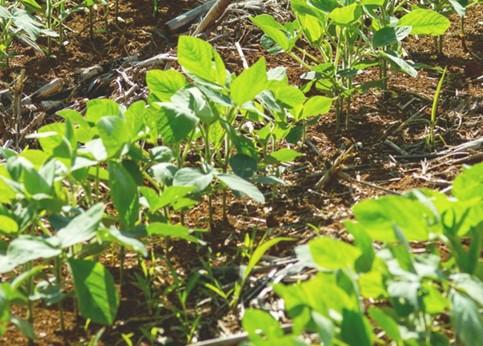
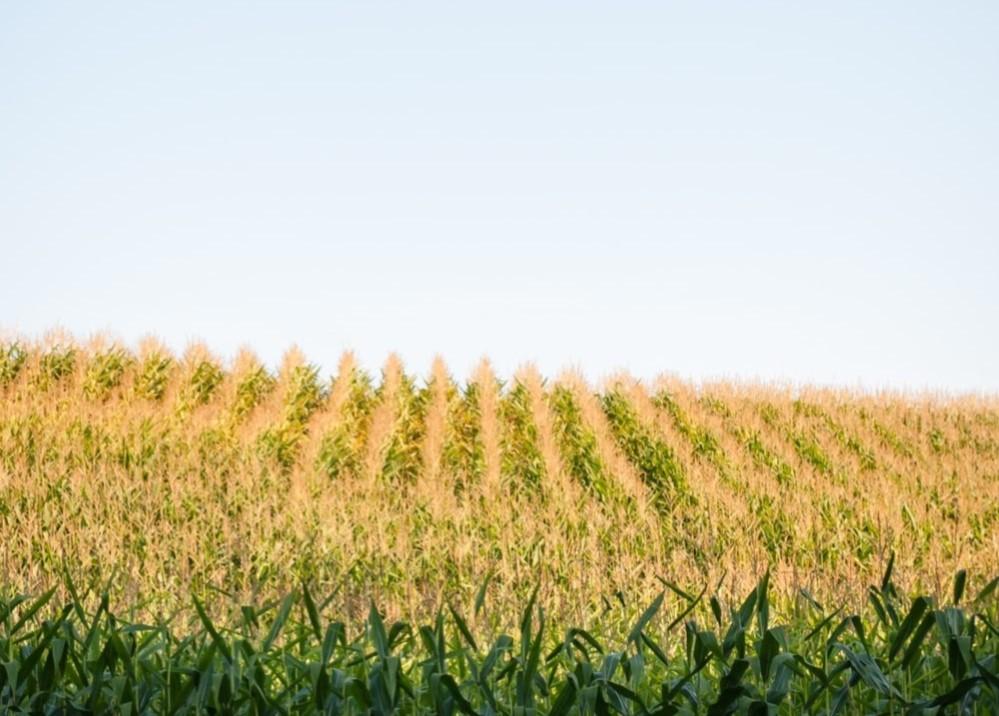
Farm Lease Notice Period Change Goes Into Effect October 1, 2021
Margaret Todd, Research Assistant, University of Maryland, Agriculture Law Education Initiative
Reposted from the Risk Management Education Blog. This is not a substitute for legal advice.
It is almost that time of year again when farm tenants and landowners may revisit their leasing agreements. For anyone considering renewing or terminating their existing lease...Read more
Input Needed on Climate Vulnerability Assessment for Maryland Agriculture
Josh Bollinger, University of Maryland
At the direction of the Maryland State legislature, the Harry R. Hughes Center for Agro-Ecology (Hughes Center), Maryland Department of Agriculture (MDA), and Maryland Department of the Environment (MDE) are working together to create a process and strategy to develop a Climate Vulnerability Assessment for Maryland Agriculture. Input from...Read more
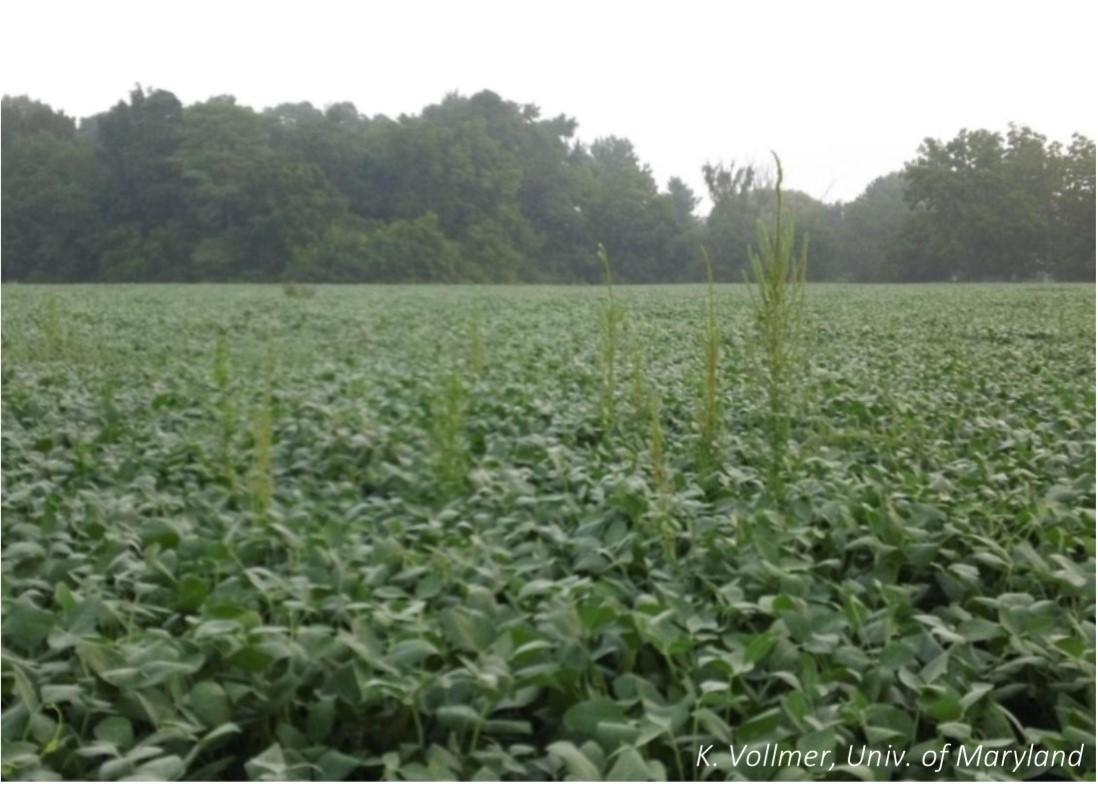
Kurt Vollmer, Weed Management Specialist, University of Maryland Extension
Lately, I have seen several fields with Palmer amaranth flowers (Figure 1). It is imperative that these plants be managed before harvest (Palmer amaranth is listed as a noxious weed in Maryland and Delaware). At this point, mowing or herbicides will...Read more
Scouting for Stalk Rots in Corn
Alyssa Koehler, Extension Field Crop Pathologist, University of Delaware
Over the past week, I have begun to see plants with accelerated senescence due to stalk rots (Figure 1). After pollination, the ear becomes the major sink of sugars produced by the plant. If a stress event occurs, plants will divert or remobilize sugars from the stalk and roots to...Read more

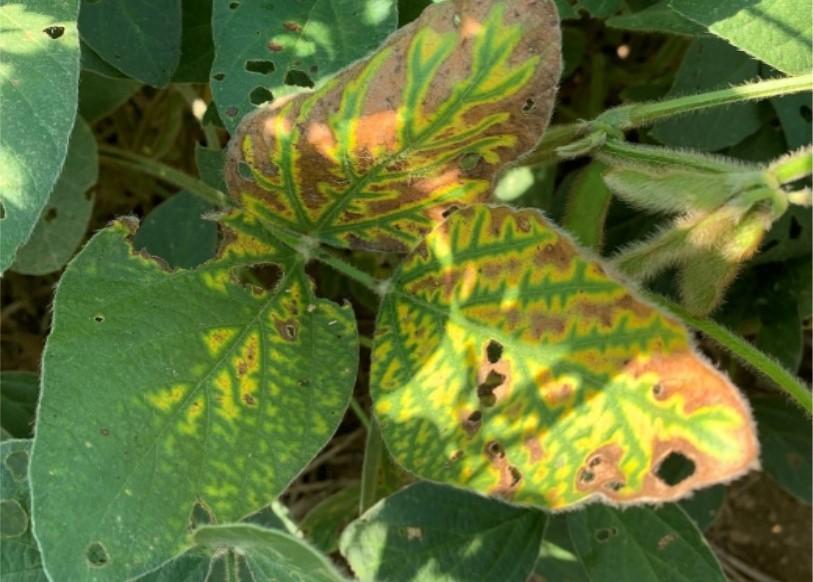
Symptoms of Stem Diseases Developing in Soybean
Andrew Kness, Agriculture Agent, University of Maryland Extension, Harford County
As soybeans begin the pod fill growth stages, heat and drought stresses can trigger the development of many disease symptoms. Currently, we are seeing many instances of stem diseases in soybean. Many pathogens are associated with stem diseases in soybean, and many produce very...Read more
Scout Sorghum for Key Insect Pests
David Owens, Extension Entomology Specialist, University of Delaware, and Kelly Hamby, Extension Entomology Specialist, University of Maryland
Although sorghum faces relatively few pests compared to our other grain crops, it is not a “plant and forget” crop. Sorghum is often grown on marginal ground, in areas with greater deer pressure, dryland fields, and as a rotational component for managing weed and disease pressure. Sorghum is generally a minor component of a...Read more
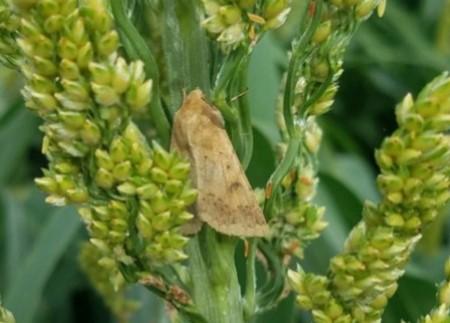
-
Maryland Regional Crop Reports
Maryland Regional Crop Reports -
Maryland Weather Outlook
Maryland Weather Outlook
-
Pesticide Disposal Program
Pesticide Disposal Program -
UME Agronomy Faculty Directory
UME Agronomy Faculty Directory
USDA to Invest $50 Million in New Cooperative Agreements for Racial Justice and Equity
USDA press release, abridged
The U.S. Department of Agriculture (USDA) is investing up to $50 million in cooperative agreements to support historically underserved farmers and ranchers with climate-smart agriculture and forestry. The Racial Justice and Equity Conservation Cooperative Agreements are available to entities and individuals for two-year projects that expand the delivery of conservation assistance to farmers who are beginning, limited resource, socially disadvantaged, and veteran farmers.
“Historically underserved producers face significant barriers in accessing USDA assistance for conservation and climate-smart agriculture,” said Terry Cosby, Chief of USDA’s Natural Resources Conservation Service (NRCS). “USDA is committed to revising programs to be more equitable, and these producers deserve our...Read more
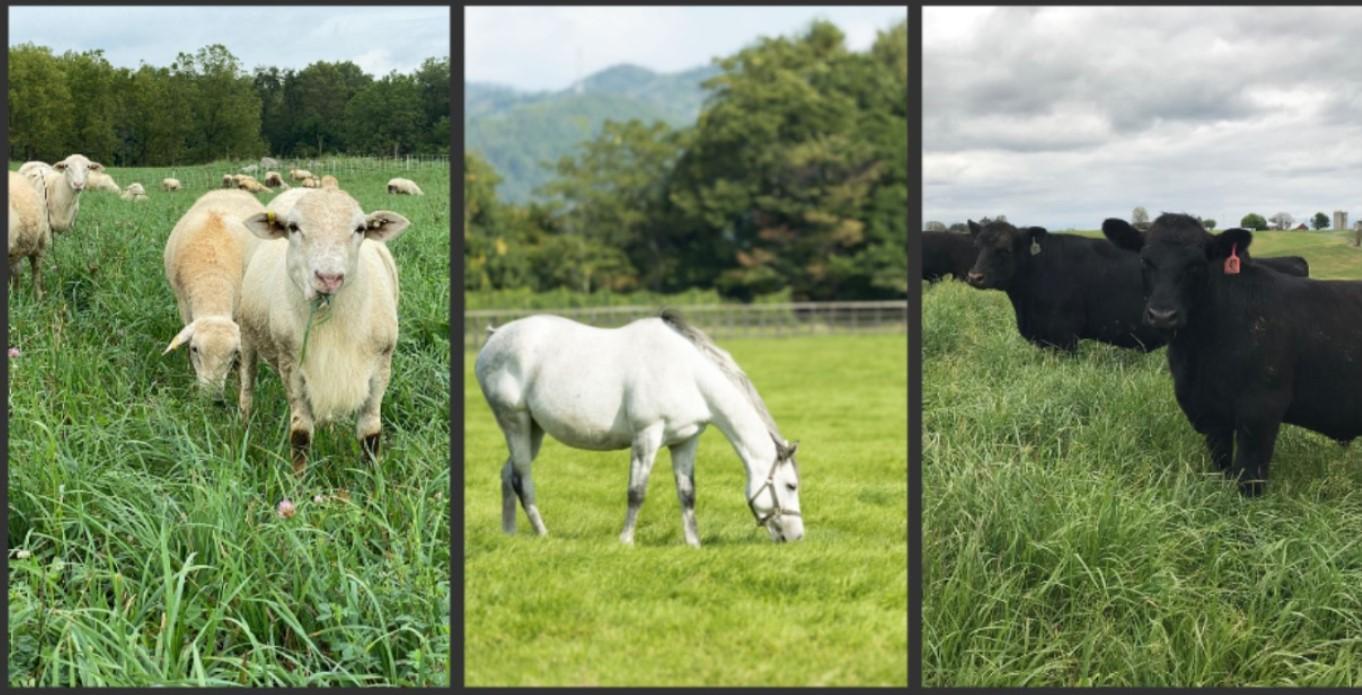
Maryland Grazing School
Date: September 23-24, 2021 | Thursday & Friday
Time: 8:00 a.m. to 5:00 p.m. each day| Location: Clagett Farm CSA, 11904 Old Marlboro Pike, Upper Marlboro, MD 20772
Cost: General Admission-Early Bird (before September 9, 2021) $125, General Admission-Regular $150
Description: Designed with producer interests in mind, this 2-day grazing school will offer more in-depth education on pasture and grazing management. Come learn everything you need to know to better manage grazing on your farm!
For more information or to register
Maryland Advanced Grazing Workshop
Date: October 14-15, 2021 | Thursday & Friday
Time: 8:00 a.m. to 5:00 p.m. each day| Location: University of Maryland, Western Maryland Research and Education Center, 18330 Keedysville Road, Keedysville, MD 21756
Cost:
General Admission: Thursday Only (10-14-2021) $100
General Admission: Friday Only (10-15-2021) $100
Full Workshop (Both Days Thursday & Friday, Oct 14-15) $150
Description: This advanced grazing workshop will dive deeper into the principles behind grazing practices and increasing farm profitability, giving you the tools and insights you need to improve your business.
This workshop will be taught by Dallas Mount, one of the experts on the Ranching for Profit team. The workshop will feature a small group approach with team and class discussions, case studies, videos, and participant interaction.
For more information or to register
Great resources are just a click away!
Download Agronomy News, September 2021, Vol.12, Issue 6 (pdf)
Agronomy News is a statewide newsletter for farmers, consultants, researchers, and educators interested in grain and row crop forage production systems. This newsletter is published by the University of Maryland Extension, Agriculture & Food Systems Agronomy Team every month during the growing season and will include topics pertinent to agronomic crop production. Subscription is free.
EDITOR
Andrew Kness
Agriculture Extension Agent
University of Maryland Extension
3525 Conowingo Rd., Suite 600
Street, MD 21154
(410) 638-3255
e-mail: akness@umd.edu